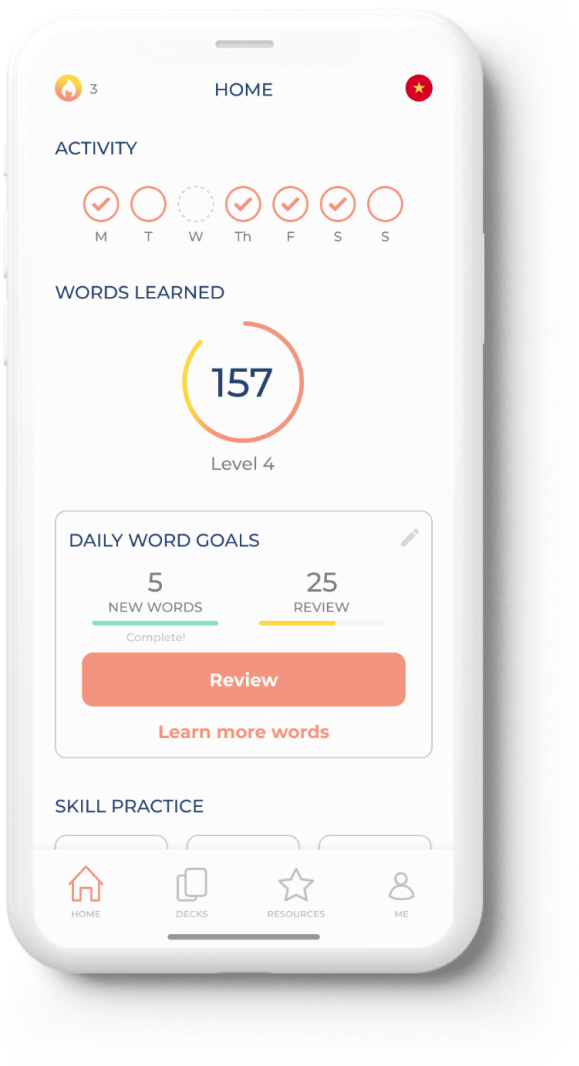
We had a language learning book that was starting to sell.
How might we build an app that could serve as a resource for book users and also translate the book’s learning method into a digital learning experience?


We had a language learning book that was starting to sell.
How might we build an app that could serve as a resource for book users and also translate the book’s learning method into a digital learning experience?
Polyhooks is a tiny company publishing a series of books with a unique way of learning foreign language vocabulary. It's based on the idea that you can quickly learn a bunch of words when they’re tied to memorable stories.
Initially, the idea was to create a simple companion app to teach readers how to pronounce the words they were learning in the books.
This evolved into “Hey, why not make this word-learning strategy into a digital tool that can provide a more engaging learning experience?”. This is where I came in, joining the team as the UX designer for the app.
Since our app would provide two distinct services, I started by considering the needs and goals of our two general user types:
THE BOOK USER
THE DIGITAL USER
Unlike linear language learning programs like Rosetta Stone or Babbel, Polyhooks is a strategy for memorizing words. The app would feature 2,000 Vietnamese words and corresponding “memory hooks”, or little stories to help users remember.
The digital experience would automate learning the memory hooks and offer various practice activities. Separately, book users would be able to access reference materials that corresponded with their books.

I classified all existing Polyhooks content into the following categories:
Type (vocabulary, speaking, listing, etc)
Function (active learning, reference material, assessment)
Audience (book users, digital users)
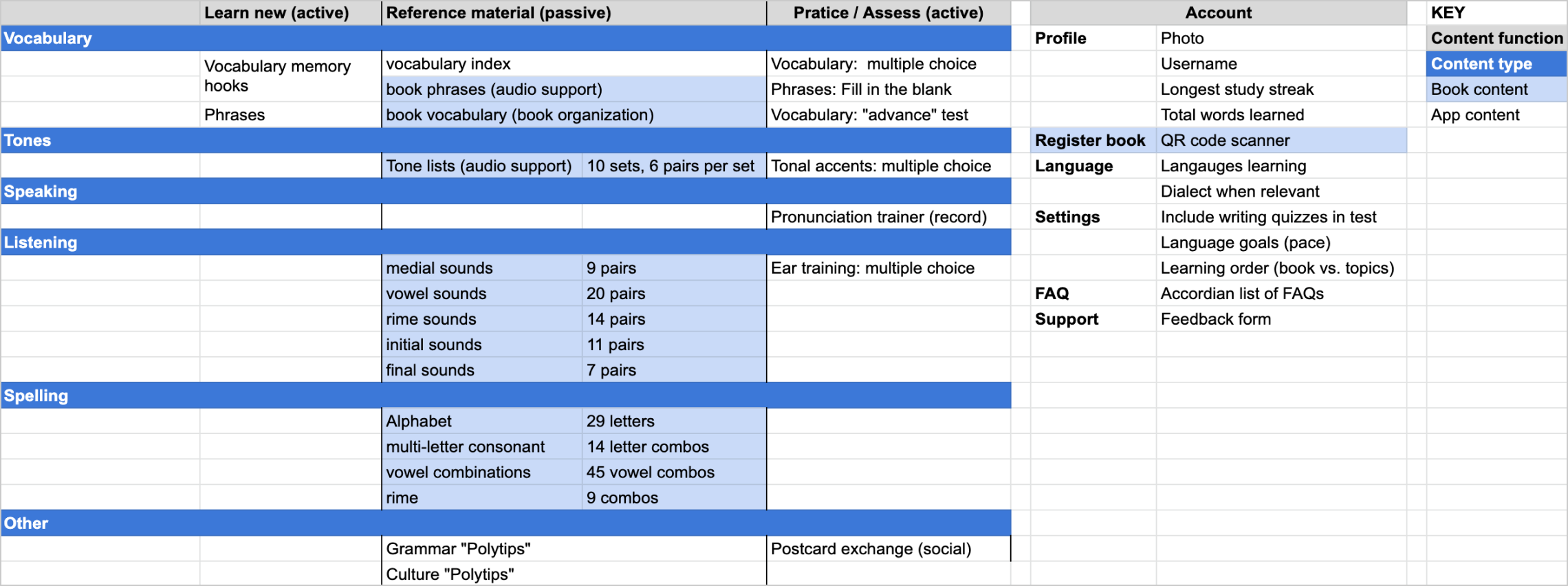
I spent time with the founder to understand how the ideal user would engage each type of content throughout their learning journey.
With this understanding, I was able to group the digital learning experience into two activity buckets (primary and secondary):





As a native English speaker who studied Spanish and Portuguese, I had a lot to learn about tonal languages like Vietnamese. You can have 6 different words with the same spelling; the meaning changes based on tone!
Meanwhile, the book reference materials were mostly a collection of lists (e.g., the Vietnamese alphabet) to let book users hear how the language sounds (audio content).
While related, we realized it didn’t necessarily fit in with the digital learning experience. For this reason and to create a direct path for book users I decided that reference materials would get their own, separate “Resources” spot in the app.
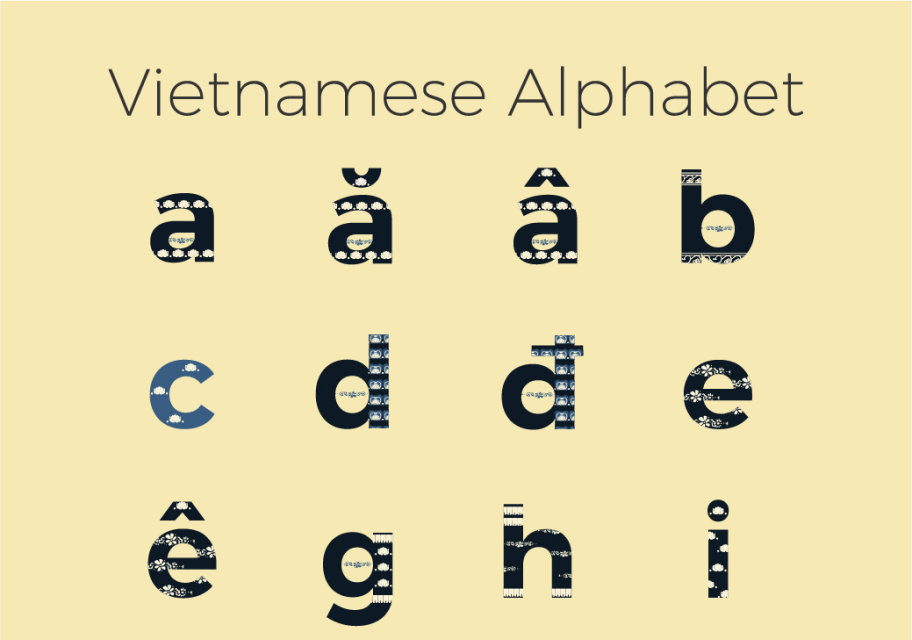
One problem I had to solve was that the word-learning order felt totally random. New words were introduced with the goal of building interesting phrases, so instead of teaching similar words together the program introduced very different words that could be used to compose sentences.
Word order was a non-negotiatiable for the founder, so my solution was to provide an easy way to organize and find words: vocabulary decks. We’d regroup the words into topics that made sense.
This element was so important, in fact, that I made content organization a main navigation item:
Activity learning (Home)
Content organization (Decks)
Reference materials (Resources)
Account management (Me)
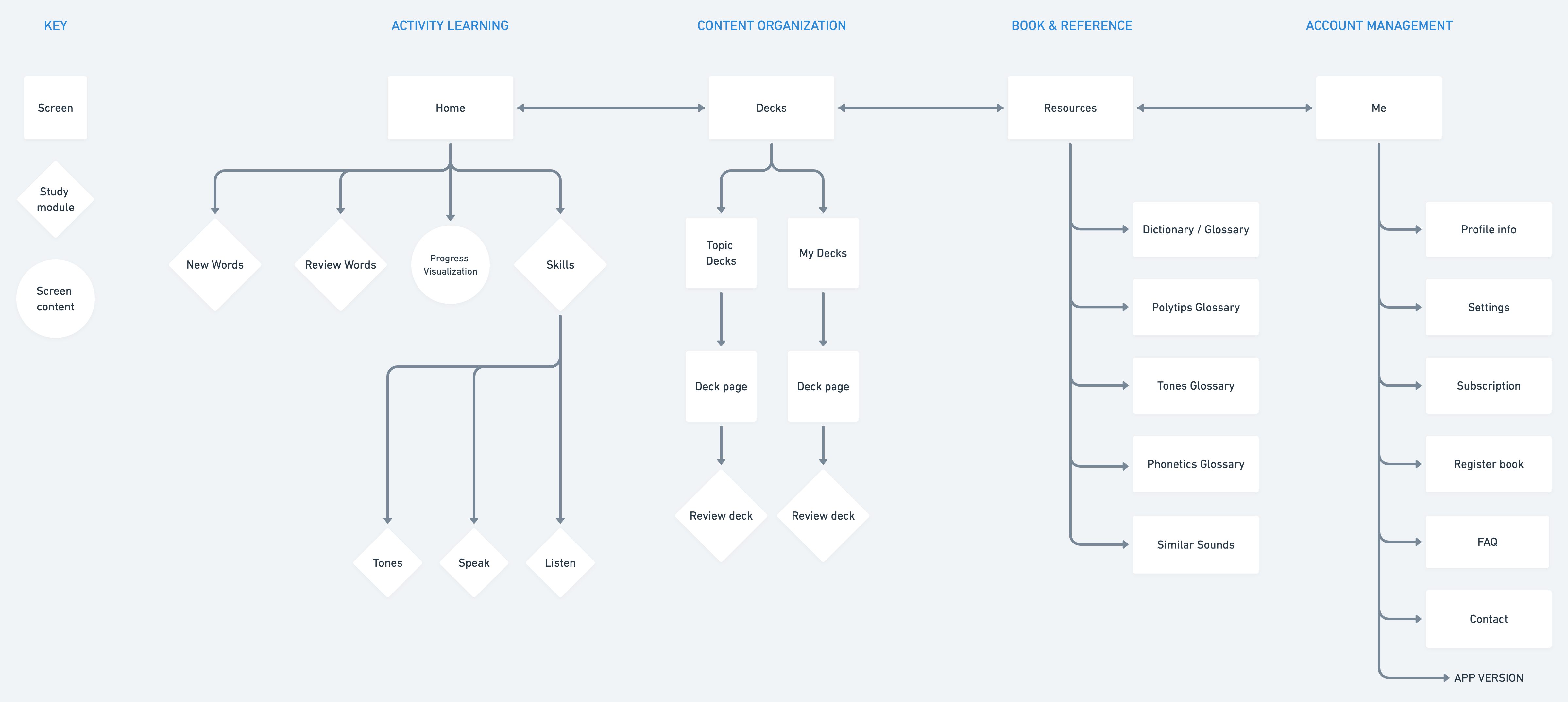
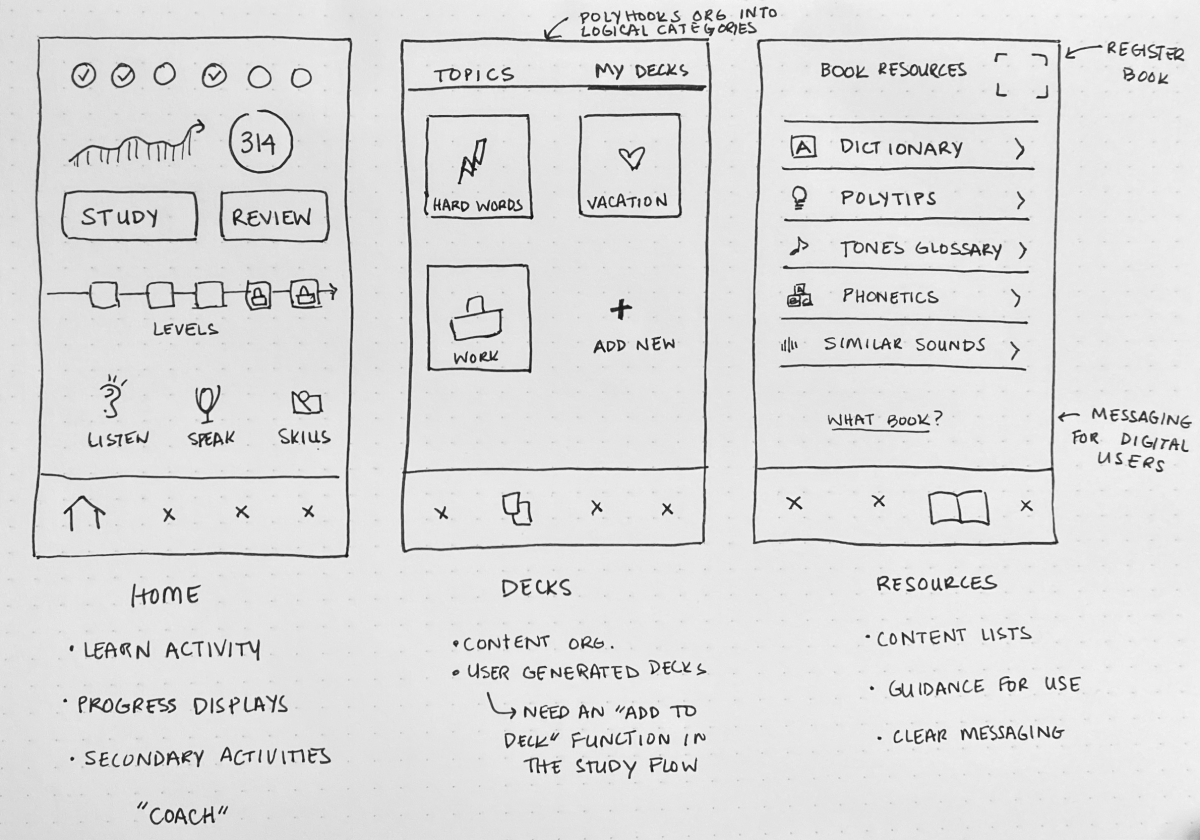
I was feeling good about the app’s organization, but how would users actually engage the Polyhooks learning program?
I started by identifying and breaking down the elements.

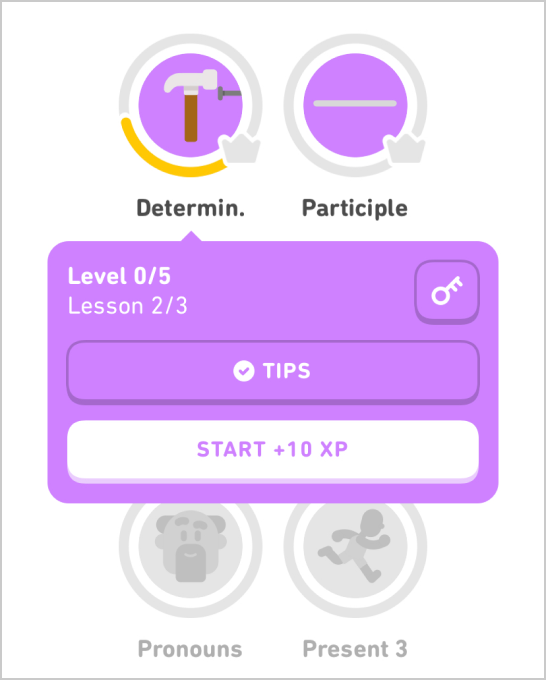
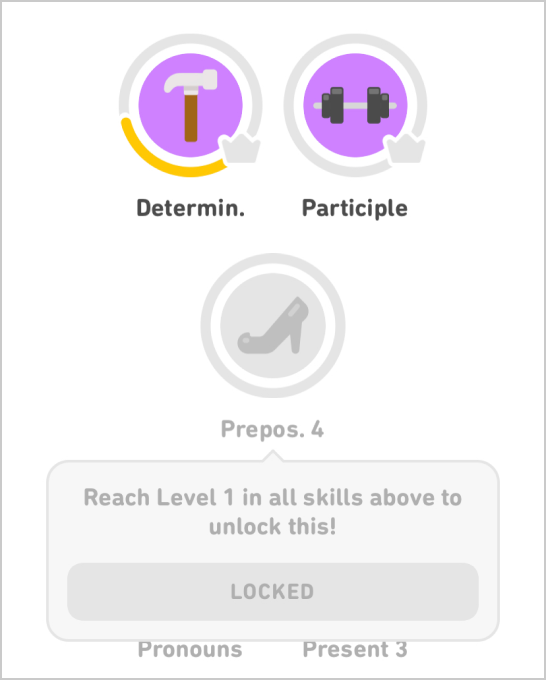
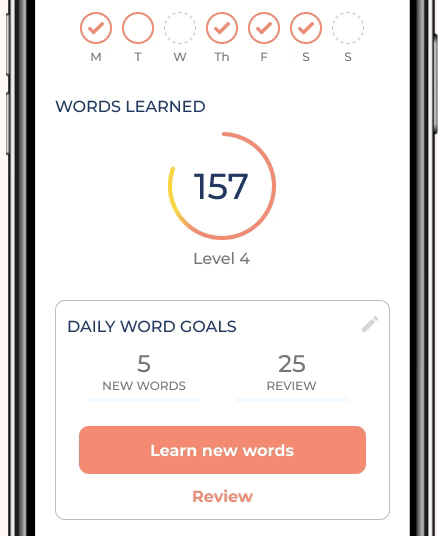
Success in the Polyhooks program looks like two things:
1. Studying every day
2. Growing your vocabulary
The founder had a lot of ideas around implementing a “study coach” character who would monitor and encourage user progress. I loved the idea, but our time constraints made this feature an unrealistic pursuit.
Knowing that our future plans included a robust vision for progress monitoring, I opted to keep progress visualization simple.


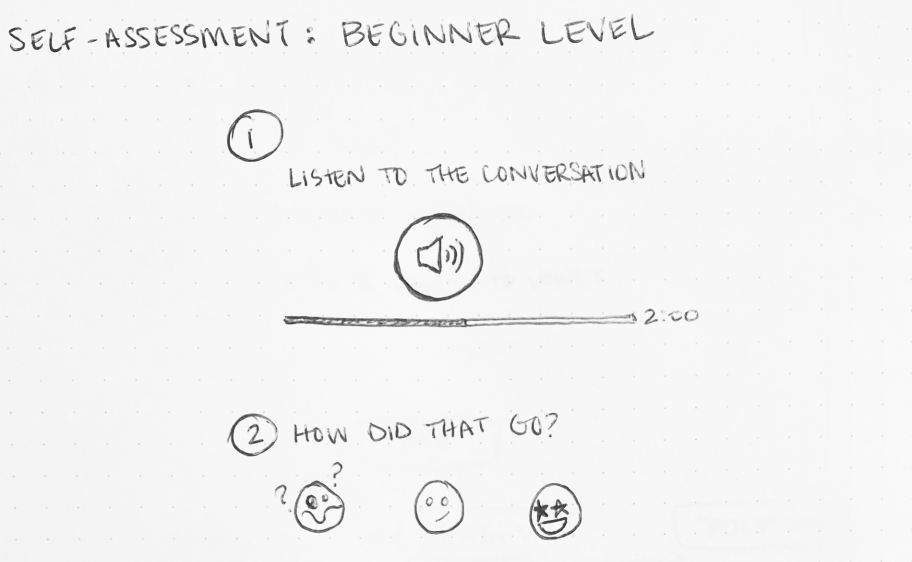
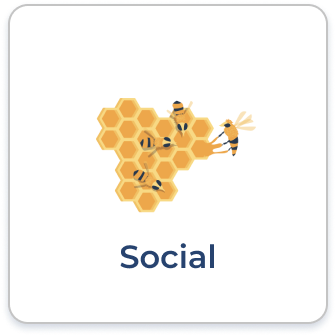
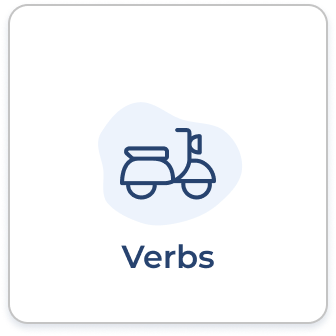
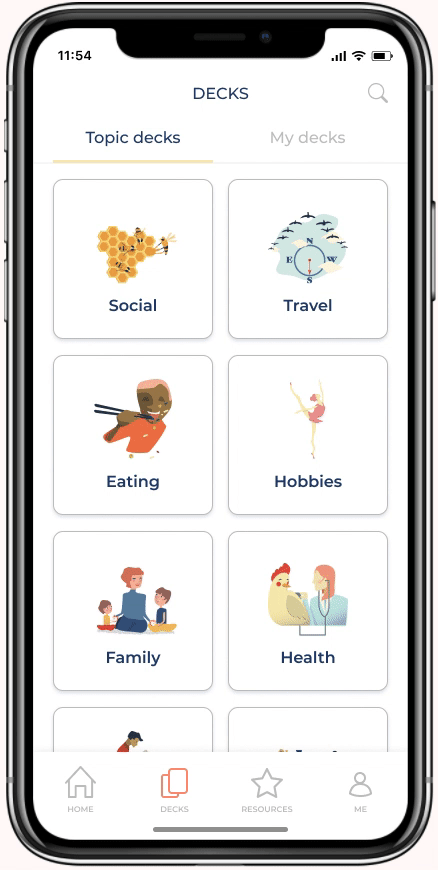
Decks were all about giving users different ways to organize their vocabulary. I decided on a simple tabbing system to separate Polyhooks-generated topic decks and user-generated decks.
In line with early branding work, I used the illustrations from the book as ambassadors of the app’s personality and warmth.
The true power of decks would be the ability for users to target their own studying. Imagine reviewing the "Eating" deck right before dining at a restaurant.
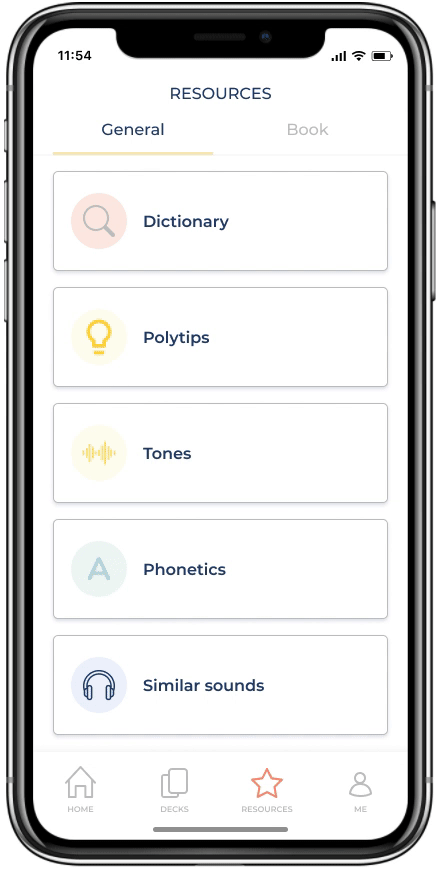
Usability testing was largely successful! Users were able to navigate the app with little to no errors. I believe that clear copy and simple info architecture played a large role in the app’s usability success.
That being said, usability tests can only reveal usability issues. I’d like to conduct in-person testing to gather qualitative insights.
I’d also like to set up event tracking to analyze user actions. How often do digital users engage the Resources tab? How do book users engage the app? How can we optimize both users’ experiences?